Warren has struggled to attract voters in recent weeks, after leading in the polls months ago
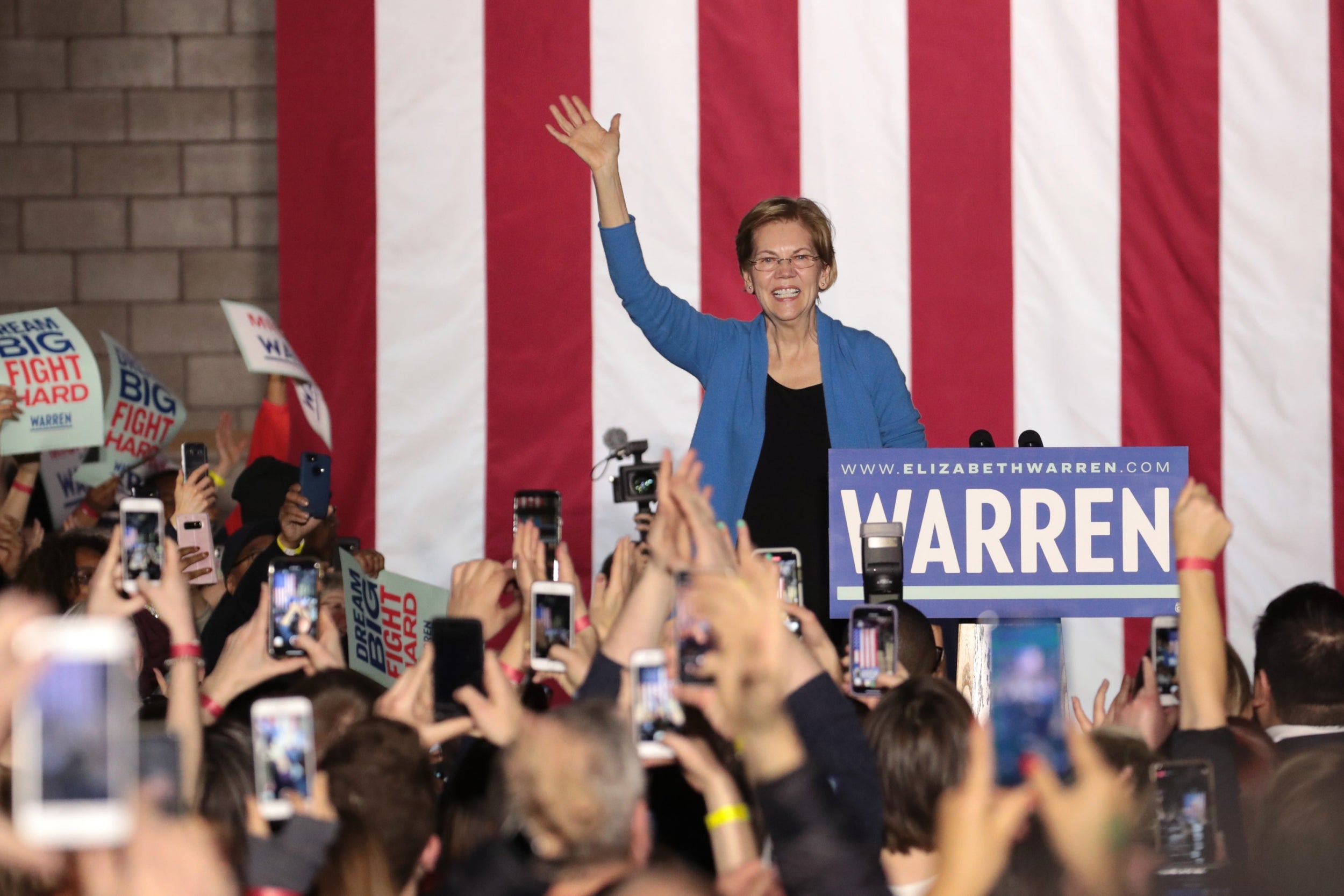
Clark Mindock New York @ClarkMindock THE INDEPENDENT Wednesday 4 March 2020
AT LEAST IF SHE LOST TO BERNIE THE PAIN WOULD NOT BE AS GREAT
Elizabeth Warren has lost her home state to Joe Biden, in a stunning Super Tuesday defeat for the Massachusetts senator as she has struggled for viability in a race that is quickly boxing her out.
Ms Warren's loss in Massachusetts is a stinging defeat for the race's most prominent female candidate, and comes to a candidate who had largely been written off by pundits and political observers just one week ago.
The loss is sure to fuel further calls for her to drop out of the race, with progressives already arguing that she should step aside and endorse Bernie Sanders in his bid to make history in this primary.
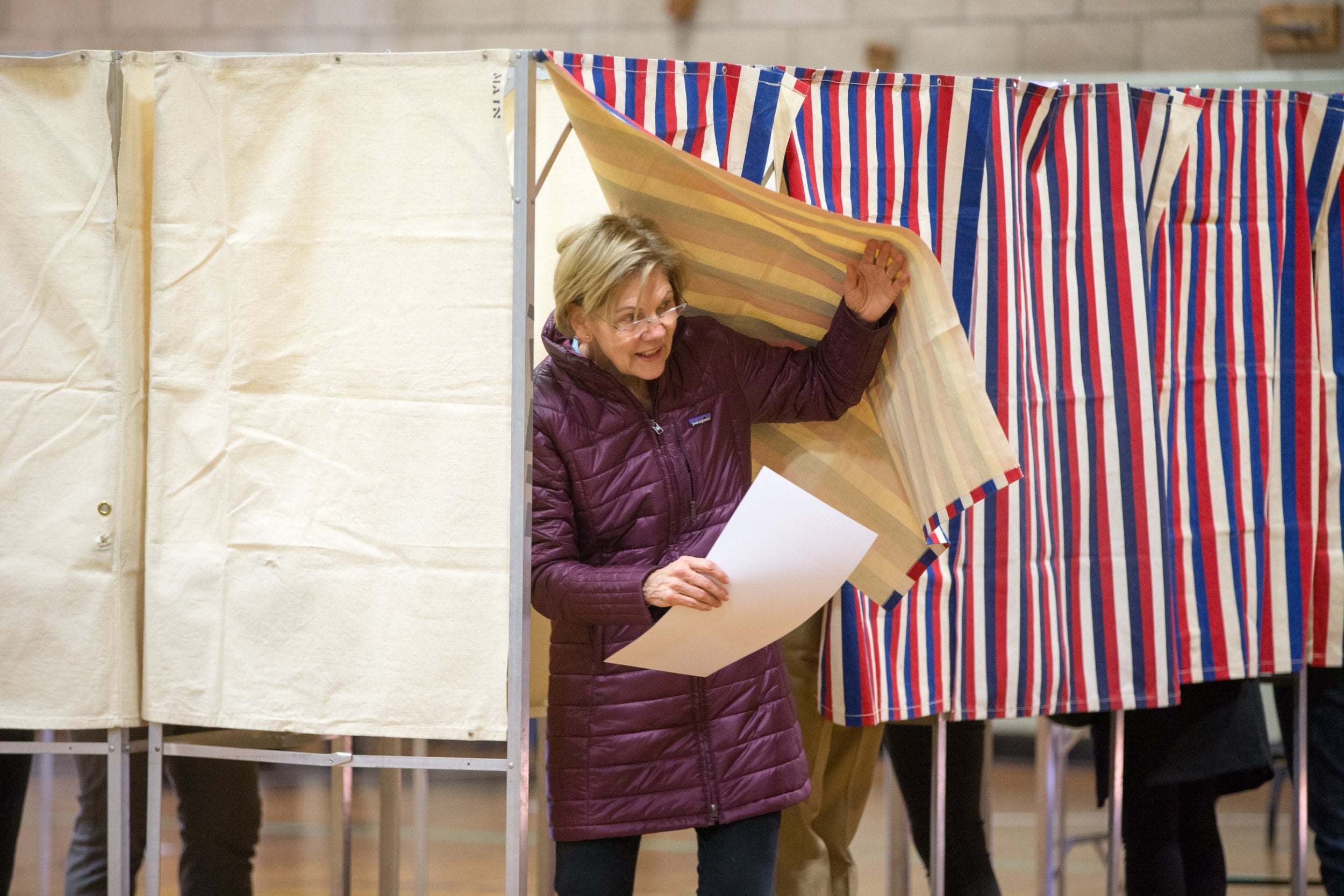
So far, Ms Warren has repeatedly insisted that she will not drop out of the race, and that she plans on bringing her candidacy all the way into the Democratic convention this summer.
A path to the Democratic nomination appears to be all but non-existent at this point, however, and it would take an incredible show of force at a contested convention for her to be the candidate to go up against Donald Trump this fall.
Even with that poor showing in Massachusetts, though, Ms Warren did manage to amass some delegates on Super Tuesday, which would give her further leverage in such a contested convention.
She has steadfastly refused to say she would support the idea of ensuring that the nomination goes to the candidate with the most delegates in the race even if the candidate missed the necessary delegate threshold to win the contest outright.
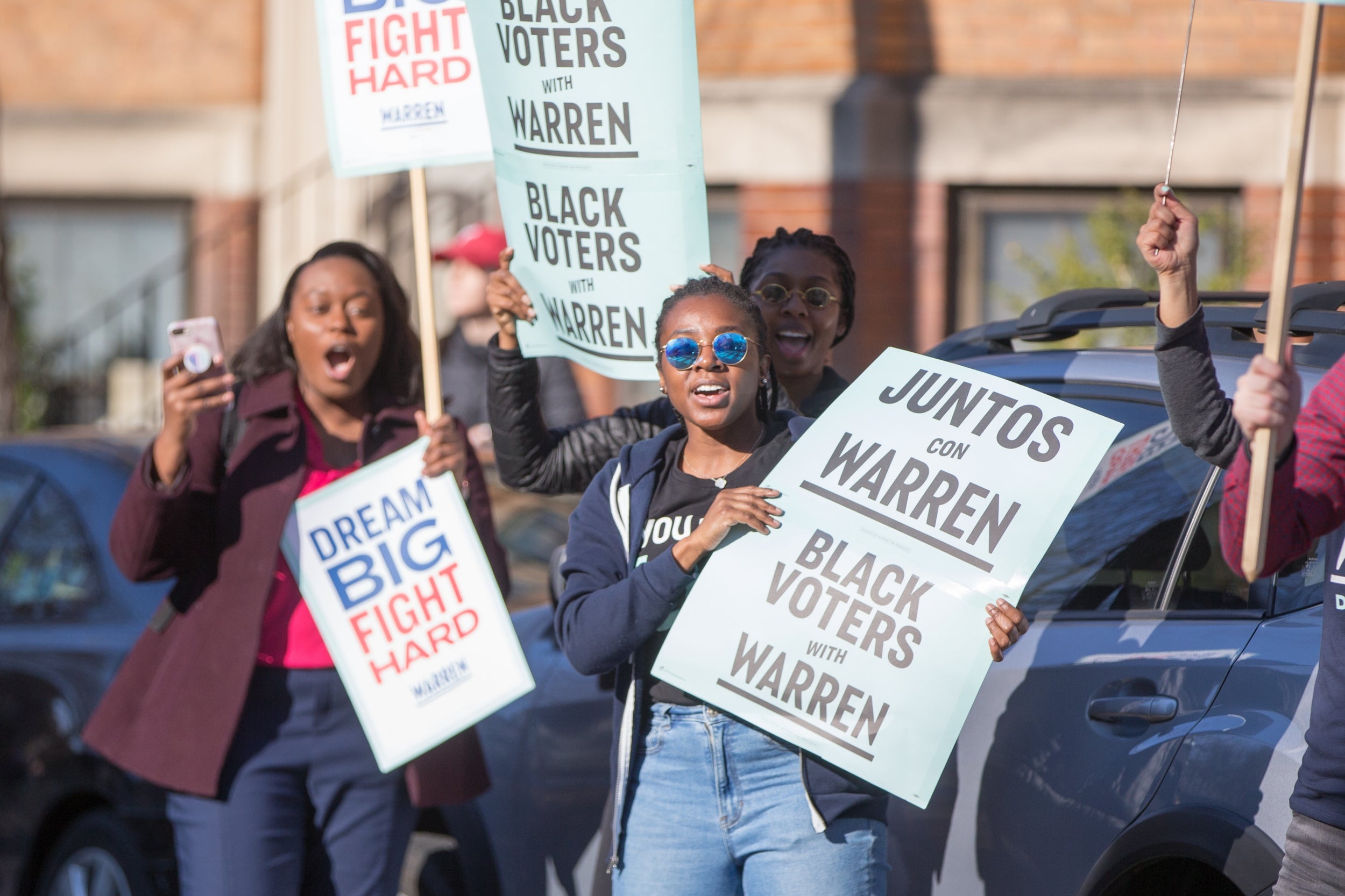
Super Tuesday: Warren called on to drop out and back Sanders after bruising defeat
Progressive fails to win her home state of Massachusetts to cap night of dismal results
Adam Withnall @adamwithnall
Wednesday 4 March 2020
THE INDEPENDENT
After a disastrous set of results on Super Tuesday, Elizabeth Warren is facing mounting pressure from her progressive backers to step aside and throw her support behind Vermont senator Bernie Sanders.
Once leading in the polls and considered a frontrunner at debates, Ms Warren’s campaign for the Democrat nomination was in tatters on Wednesday morning as partial results showed she had failed to win the primary in her home state of Massachusetts, trailing to Joe Biden.
Across the 15 states and territories voting on Super Tuesday, Ms Warren was projected to have won just seven delegates, compared to at least 178 for Mr Biden and at least 153 for Mr Sanders. Mike Bloomberg, who has spent the better part of half a billion dollars on his campaign, was also struggling on eight delegates.
The disappointing Super Tuesday results come after Ms Warren failed to finish higher than third in any of the first four contests - Iowa, New Hampshire, Nevada and South Carolina.
Ms Warren and Mr Sanders have both campaigned on progressive policies and providing universal public healthcare, but the long-time friends have clashed publicly in their respective drives to be named the leading candidate of the Democrat left.
Speaking to Politico before the Super Tuesday results came out, Aimee Allison, founder of the progressive organisation She the People, noted that after the drop-outs of Pete Buttigieg and Amy Klobuchar, the moderates had coalesced behind one candidate in Mr Biden.
“If a candidate pulls ahead after [Tuesday], we need to put aside our differences and unite on behalf of economic and racial justice,” Ms Allison said in reference to Ms Warren and Mr Sanders.
“The country is ready for new ideas, and we have two leading progressive campaigns that have so much to offer millions of Democrats. The moderates are playing to win. It’s time we rose up as a movement to play to win as well.”
Evan Weber, director of the Sunrise Movement which has been actively pro-Mr Sanders, said the two progressives “should publicly commit to grouping their delegates together at the convention in order to ensure that a progressive can win against the establishment”.
And Alexandra Rojas, executive director of the left-wing group Justice Democrats, accused Ms Warren of “attacking” Mr Sanders and urged her to “give her delegates to him if he has more votes to ensure a progressive wins the nomination”.
With Super Tuesday's results unfolding, there were mounting calls on social media for Ms Warren to step aside - and criticism of her failure to do so previously.
But Ashlee Marie Preston, the prominent trans rights activist and Warren campaign surrogate, wrote on Twitter: “Stop saying Warren should’ve dropped out for Bernie. He could have done the same when she was leading and he saw her robust plans/body of work she brought. If he supposedly encouraged her to run—he should have dropped out & supported her knowing she could materialize his vision.”
In spite of the latest poor results, Ms Warren appeared set on remaining in the race, at least for now.
Speaking to supporters in Detroit ahead of next week's Michigan primary, she introduced herself as "the woman who's going to beat Donald Trump."
The senator encouraged supporters to tune out the results and vote for the person they believed would be the best president, saying: “Prediction has been a terrible business and the pundits have gotten it wrong over and over.
“You don't get what you don't fight for. I am in this fight,” she said.
Once leading in the polls and considered a frontrunner at debates, Ms Warren’s campaign for the Democrat nomination was in tatters on Wednesday morning as partial results showed she had failed to win the primary in her home state of Massachusetts, trailing to Joe Biden.
Across the 15 states and territories voting on Super Tuesday, Ms Warren was projected to have won just seven delegates, compared to at least 178 for Mr Biden and at least 153 for Mr Sanders. Mike Bloomberg, who has spent the better part of half a billion dollars on his campaign, was also struggling on eight delegates.
The disappointing Super Tuesday results come after Ms Warren failed to finish higher than third in any of the first four contests - Iowa, New Hampshire, Nevada and South Carolina.
Ms Warren and Mr Sanders have both campaigned on progressive policies and providing universal public healthcare, but the long-time friends have clashed publicly in their respective drives to be named the leading candidate of the Democrat left.
Speaking to Politico before the Super Tuesday results came out, Aimee Allison, founder of the progressive organisation She the People, noted that after the drop-outs of Pete Buttigieg and Amy Klobuchar, the moderates had coalesced behind one candidate in Mr Biden.
“If a candidate pulls ahead after [Tuesday], we need to put aside our differences and unite on behalf of economic and racial justice,” Ms Allison said in reference to Ms Warren and Mr Sanders.
“The country is ready for new ideas, and we have two leading progressive campaigns that have so much to offer millions of Democrats. The moderates are playing to win. It’s time we rose up as a movement to play to win as well.”
Evan Weber, director of the Sunrise Movement which has been actively pro-Mr Sanders, said the two progressives “should publicly commit to grouping their delegates together at the convention in order to ensure that a progressive can win against the establishment”.
And Alexandra Rojas, executive director of the left-wing group Justice Democrats, accused Ms Warren of “attacking” Mr Sanders and urged her to “give her delegates to him if he has more votes to ensure a progressive wins the nomination”.
With Super Tuesday's results unfolding, there were mounting calls on social media for Ms Warren to step aside - and criticism of her failure to do so previously.
But Ashlee Marie Preston, the prominent trans rights activist and Warren campaign surrogate, wrote on Twitter: “Stop saying Warren should’ve dropped out for Bernie. He could have done the same when she was leading and he saw her robust plans/body of work she brought. If he supposedly encouraged her to run—he should have dropped out & supported her knowing she could materialize his vision.”
In spite of the latest poor results, Ms Warren appeared set on remaining in the race, at least for now.
Speaking to supporters in Detroit ahead of next week's Michigan primary, she introduced herself as "the woman who's going to beat Donald Trump."
The senator encouraged supporters to tune out the results and vote for the person they believed would be the best president, saying: “Prediction has been a terrible business and the pundits have gotten it wrong over and over.
“You don't get what you don't fight for. I am in this fight,” she said.
With a defeat in her home state, the humiliation of Elizabeth Warren is complete. So what now?
She predicted the future correctly — and it backfired
Holly Baxter New York @h0llyb4xter
THE INDEPENDENT
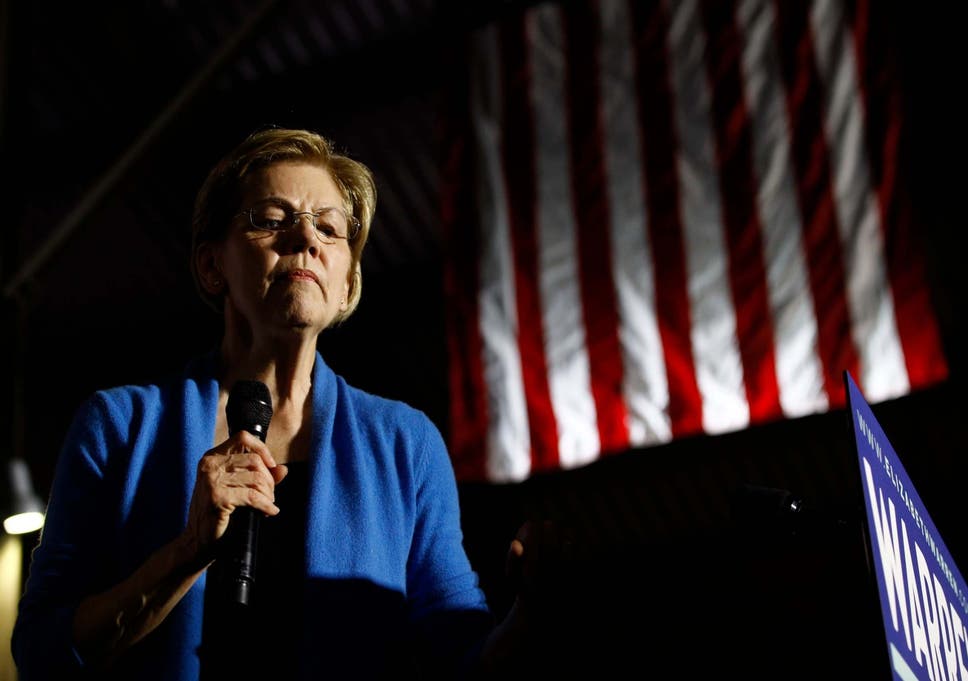
Warren said she'd stick it out to the convention in Milwaukee,
but surely this result is a step too far ( AP )
Poor, talented Elizabeth Warren. Mere months ago, we thought she was a shoo-in for president. Remember the four-hour selfie lines; the early endorsements from Julian Castro, Scarlett Johansson, John Legend and Chrissie Teigen; the impressive, uncompromising debate performances? We thought she might throw Bernie a bone and make him her VP when he floundered in the polls. We thought “I have a plan for that” was 2020’s answer to “Yes we can”.
But then her much-vaunted ability to predict the future backfired. On Tuesday night, she came away without first or even second place — those honors were reserved for Joe Biden and Bernie Sanders respectively. Donald Trump tweeted a mocking racial slur about her in response.
It was, to put it bluntly, a humiliation. And it shouldn’t have ever happened.
When Warren saw where the race was heading, she dealt with it in the most infuriating way. She stopped talking about the revolutionary universal healthcare system known as Medicare for All at the same time as she began distancing herself from Bernie, the man who “wrote that damn bill”. Once, Sanders supporters cheered as loudly for her as they did for their own candidate.
Then she started saying she’d expand Obamacare in her first year in office — which was basically Joe Biden’s pitch — and did a Buttigieg-esque waffle about how people with private insurance “enjoy having a choice”.
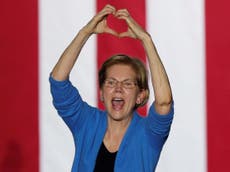
Poor, talented Elizabeth Warren. Mere months ago, we thought she was a shoo-in for president. Remember the four-hour selfie lines; the early endorsements from Julian Castro, Scarlett Johansson, John Legend and Chrissie Teigen; the impressive, uncompromising debate performances? We thought she might throw Bernie a bone and make him her VP when he floundered in the polls. We thought “I have a plan for that” was 2020’s answer to “Yes we can”.
But then her much-vaunted ability to predict the future backfired. On Tuesday night, she came away without first or even second place — those honors were reserved for Joe Biden and Bernie Sanders respectively. Donald Trump tweeted a mocking racial slur about her in response.
It was, to put it bluntly, a humiliation. And it shouldn’t have ever happened.
When Warren saw where the race was heading, she dealt with it in the most infuriating way. She stopped talking about the revolutionary universal healthcare system known as Medicare for All at the same time as she began distancing herself from Bernie, the man who “wrote that damn bill”. Once, Sanders supporters cheered as loudly for her as they did for their own candidate.
Then she started saying she’d expand Obamacare in her first year in office — which was basically Joe Biden’s pitch — and did a Buttigieg-esque waffle about how people with private insurance “enjoy having a choice”.

It looked like she was creeping away from her principles before she even hit the Oval Office. The people who had thought she was going to deliver a revolution began to melt away. They started talking, again, about how she used to be a Republican; how she once falsely claimed Native American ancestry.
Trump poisoned the well, and Democrats began to drink from it. Warren’s past mistakes were no longer old faux pas — they were evidence of her flakiness, her unreliability. How could anyone trust her to stand for anything any more? She’d refused to shake her old friend Bernie Sanders’ hand in front of the nation. She’d co-opted his ideas for popularity points and now she wanted to cast him aside.
Almost all of this is monumentally unfair. Warren is a talented politician with a long history of standing up for the little guy. She stuck it to Wall Street when it wasn’t cool, and she did it from within. She was more energetic, more on-the-ball and more articulate than her fellow septuagenarians Joe Biden and Bernie Sanders. She had more to say about women’s rights and a more coherent policy on gun control. She was also free from the baggage of either a former VP or a former independent who spent most of his career shouting from the sidelines at every passing Democrat. Indeed, Warren had the whiff of electability about her, and no doubt Trump’s team were glad to see his “Pocahontas” jibes take effect.
Warren could have been a unifying candidate, one who successfully bridged that wide chasm between Biden and Bernie. But she overthought it. She clearly predicted, correctly, that everyone bar Sanders would coalesce around a single moderate candidate. Too late and too awkwardly, she tried to make herself into that candidate.
What happened to the righteous, relatable anger channeled by a woman who had specialized in bankruptcy law and had her Republican foundations shattered when she realized the system was rigged against the people? It became subdued as time went on, as healthcare and punishing the bankers — lines which echoed Sanders — stopped appearing so often in her speeches.
That anger did return, briefly, when Bloomberg made an appearance on the Democratic stage in Nevada. “I’d like to talk about who we’re running against: a billionaire who calls women ‘fat broads’ and ‘horse-faced lesbians’,” she said at the time. “And I’m not talking about Donald Trump. I’m talking about Mayor Bloomberg.” It was Warren at her best. But a lot of primary votes had already been cast early, and she didn’t benefit from her performance in the way she would have in a more just system.
Where does Warren go now? Does she make a joint-ticket agreement with Joe Biden, thus sealing the deal on her centrist conversion? Does she throw it all in with Bernie, back the revolution and risk being cast out in the cold by the DNC for the rest of her career? Does she retire back to Massachusetts and regroup, re-strategize, at the age of 70? Time is not on her side — although it’s still two presidential cycles until she’s the same age as Bernie is now.
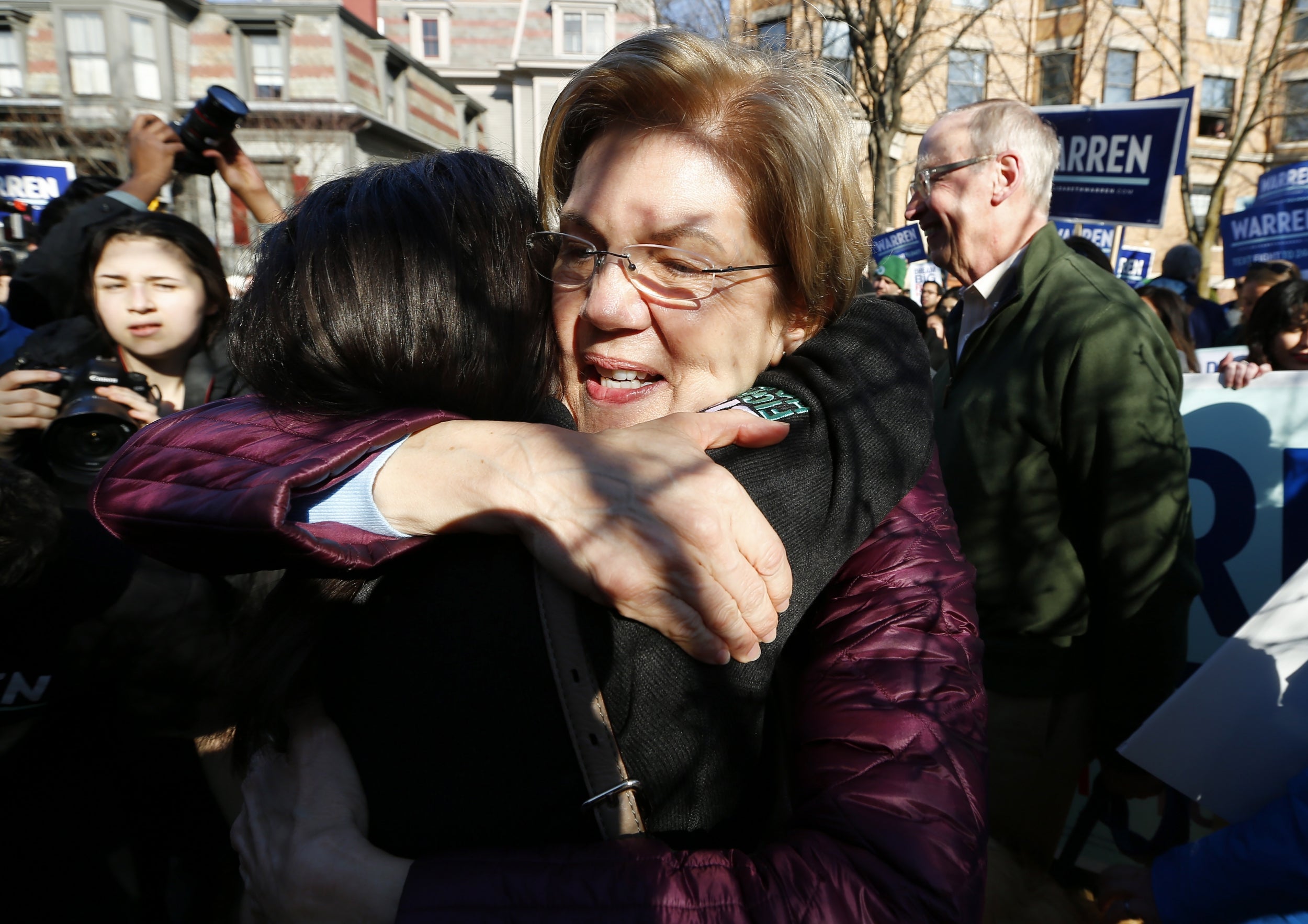
Tonight, she may, for the first time, be left without a plan. Not long ago, she said she would stick it out to the Democratic convention in Milwaukee, come hell or high water; but failing to even win her home state is surely a humiliation too far.
Perhaps she can still pull some strings in a cabinet position which befits her energy and experience, under either a President Biden or Sanders. Perhaps a miracle will happen and she’ll make it to the White House anyway. Perhaps she’ll run away with the nomination in 2024 and finally oust Trump in a landslide victory, long after both Uncle Joe and Bernie are shown to be inadequate bulwarks against the rising tide of Keep America Great.
She would have made a better president than either of the two frontrunners. She deserved better than this. But Elizabeth Warren changed what she was selling too late for people to buy it — and in the end, she was left with not very much at all. Not even Massachusetts.

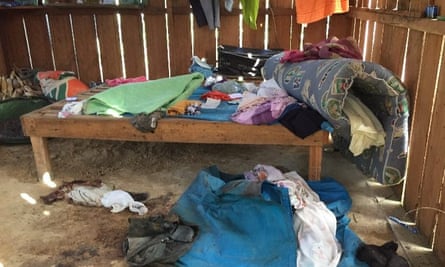
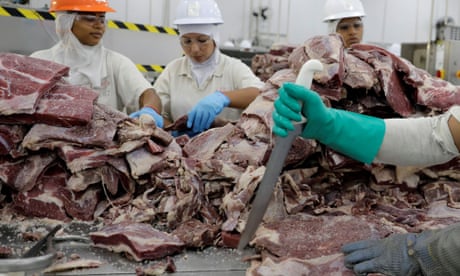
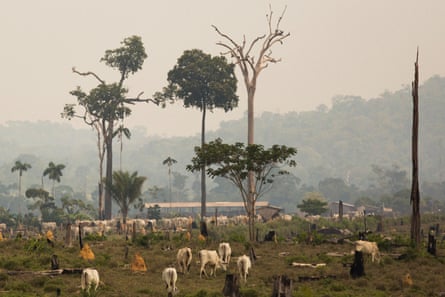
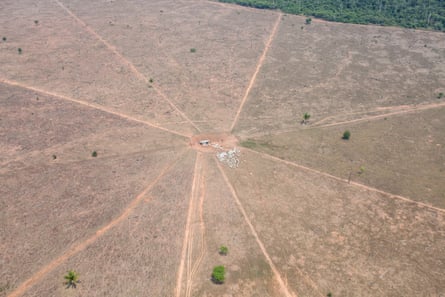

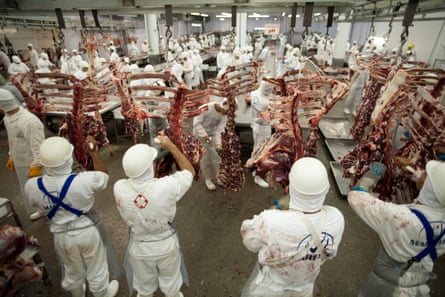
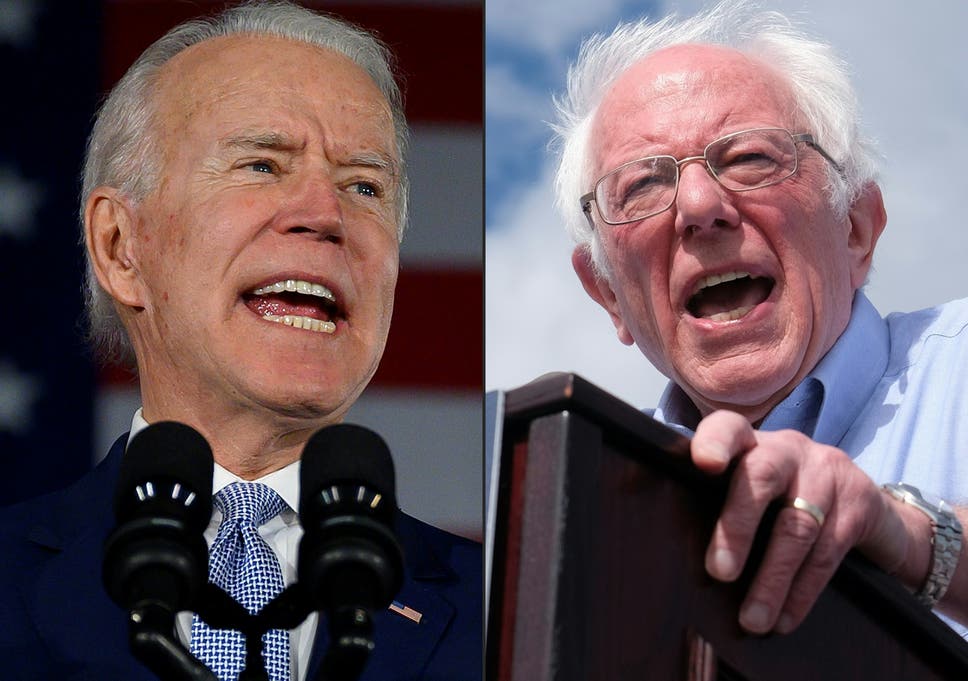
/cdn.vox-cdn.com/uploads/chorus_image/image/66423385/2020022916203838__1530825927298140512_BCK_2536.0.jpg)
/cdn.vox-cdn.com/uploads/chorus_image/image/66398437/1207542966.jpg.0.jpg)
/cdn.vox-cdn.com/uploads/chorus_image/image/66430356/Transit_Cargo1.0.jpg) The standard Transit cargo van. Image: Ford
The standard Transit cargo van. Image: Ford:no_upscale()/cdn.vox-cdn.com/uploads/chorus_asset/file/19765374/CHUB01073_TransitArt_SP_C04_16x9_4_.jpg)
/cdn.vox-cdn.com/uploads/chorus_image/image/66427879/nikola_tre1.0.jpg)
/cdn.vox-cdn.com/uploads/chorus_image/image/66429659/1204218269.jpg.0.jpg)
/cdn.vox-cdn.com/uploads/chorus_image/image/66430253/1200174139.jpg.0.jpg)

/cdn.vox-cdn.com/uploads/chorus_image/image/66423874/1204820493.jpg.0.jpg)